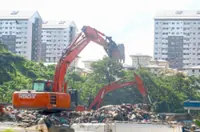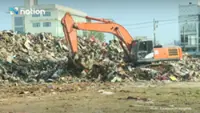StarMetro’s report on Jan 9.
THE proposed RM4.5bil waste-to-energy (WTE) incinerator in Batu Arang, Gombak in Selangor, has been drawing much opposition from residents, unlike the one in Jeram, Kuala Selangor, which is being built.
Incinerators create a lot of controversy around the world because of the resulting air pollution and nauseating odours, especially to the immediate surroundings.
Already a subscriber? Log in
Save 30% OFF The Star Digital Access
Cancel anytime. Ad-free. Unlimited access with perks.





